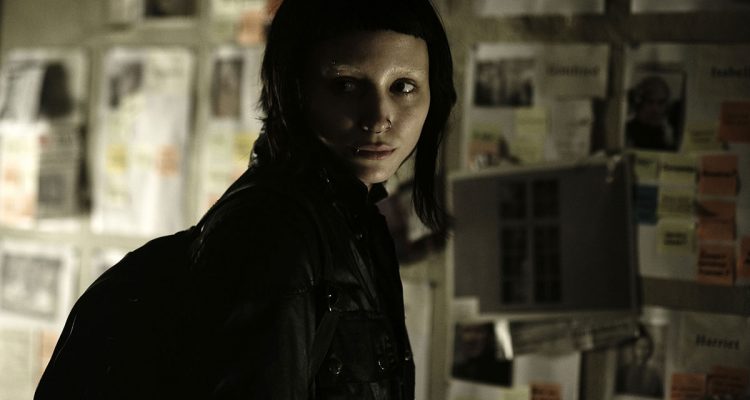David Fincher is an idiosyncratic filmmaker, and his particular style and approach to the craft make him difficult to pigeonhole. Part of what makes Fincher unique is his connection to unconventional storytelling. There is a movement to his films that is unlike any other, and it’s a reason why his style is often described as auteurist. Since 2011, Fincher has directed “Gone Girl,” “House of Cards,” and the Netflix serial killer drama, “Mindhunter.” But it is his 2011 film, “The Girl With The Dragon Tattoo,” that perhaps hides more than you were expecting underneath its crime thriller narrative.
In this video essay, Lessons From The Screenplay extrapolates on the idea that a film must follow a three or five act structure. With ‘Dragon Tattoo,’ the director and screenwriter Steven Zaillian throw standard structure out the window, intertwining subplots into the main plot, and leading the subplot to become the focus of the film. ‘Dragon Tattoo’ offers more than one protagonist and nimbly unfolds an intricate storyline that doesn’t follow any typical model.
With ‘Dragon Tattoo,’ Fincher was creating an adult trilogy that went against expectations. While his vision won’t be realized, ‘Dragon Tattoo’ remains a fascinating case study of what Fincher would’ve done with franchise storytelling. Take a deep dive to discover how Fincher would’ve broken all the rules.

